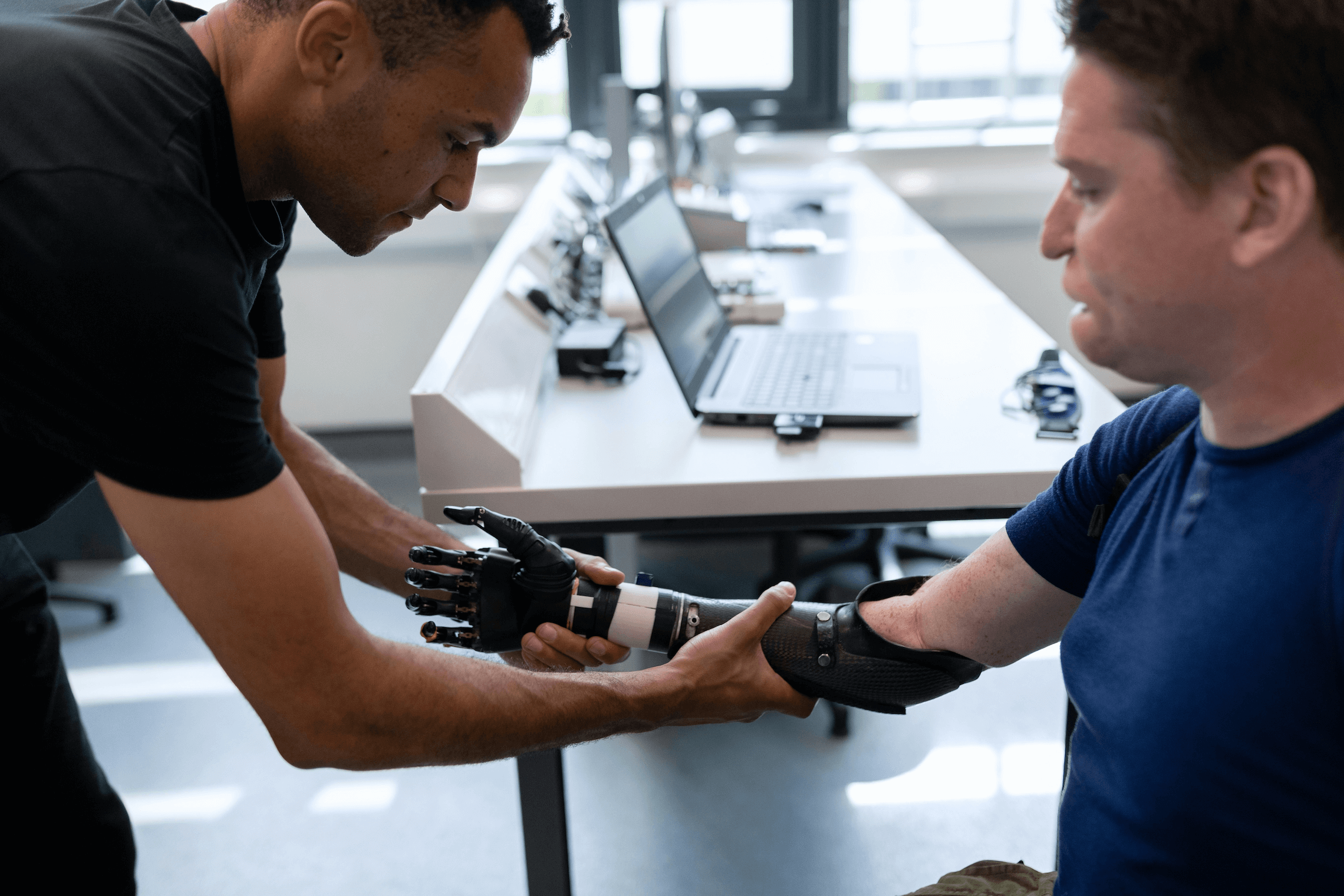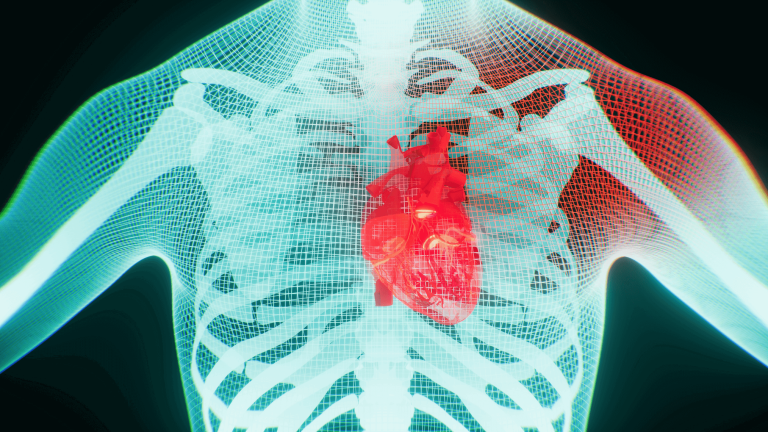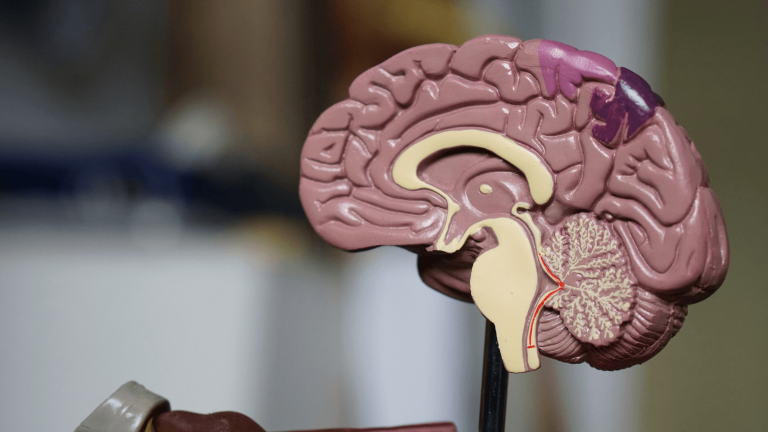The Value of 3D Imaging of Amputated Limbs for Optimal Design of Prosthetic Devices
Advancements in 3D imaging technology have transformed the field of prosthetics, enabling the creation of accurate 3D models of amputated limbs. Keep reading to learn more.

Advancements in Technology and Mobility:
Learn how 3D Medical Imaging is Transforming Prosthetic Care
In recent years, advancements in 3D imaging technologies have significantly impacted the medical field, particularly in the area of prosthetics. The ability to create highly accurate, 3D representations of amputated limbs not only improves the functionality of prosthetic devices but also plays a crucial role in enhancing mobility. This enhancement in mobility is key to improving the quality of life for amputees, allowing them to navigate the world with greater ease and confidence.
Understanding the Basics of 3D Imaging
In the context of amputated limbs, 3D imaging provides an invaluable resource for understanding the unique anatomical features of the remaining limb. By creating accurate digital representations, healthcare professionals can tailor prosthetic solutions that not only fit better but also enhance the daily living standards, well-being and happiness of amputees.
The Intersection of 3D Imaging and Prosthetic Design
The integration of 3D imaging into the prosthetic design process marks a paradigm shift in how prosthetics are developed and customized. By leveraging accurate digital models, designers can create prosthetic devices that fit seamlessly with the unique characteristics of each amputee.
The Process of Creating Prosthetics with 3D Imaging
The process begins with capturing a 3D image of the amputated limb by using an MRI scan, CT scan or laser scanning. Once the image is acquired, specialized software, such as 3DICOM, is utilized to analyze and modify the model based on the needs and preferences of the user.
After creating the digital prototype or CAD model is finalized, it can be 3D printed, allowing for rapid prototyping and iteration. This process not only accelerates the production of prosthetic devices but also reduces the costs associated with traditional methods.
The Advantages of 3D Imaging in Prosthetic Design
Customization: 3D imaging allows for personalized prosthetics that cater specifically to the anatomical variations of individual patients.
Efficiency: The speed at which prosthetics can be designed and manufactured is significantly improved through digital workflows.
Enhanced Functionality: The ability to produce precise models ensures that the resulting devices can operate more naturally and comfortably for the user.
These advantages collectively contribute to a more effective and user-centered approach to prosthetic design, further empowering amputees in their daily activities.
The Impact of 3D Imaging on Amputees
The introduction of 3D imaging technology has profoundly impacted the lives of amputees, transforming the way they interact with their prosthetics. Improvements in design and fit translate to tangible benefits in their daily lives.
Improving the Quality of Life for Amputees
The use of 3D imaging which facilitates anatomy-specific 3D CAD design, allows for prosthetics that not only fit better but also function more effectively. With a more tailored fit, amputees experience less discomfort and can engage in a wider range of activities. This enhanced comfort can lead to increased mobility and independence.
When prosthetics are designed to mirror the user’s body, the psychological benefits can be significant. Amputees often report feeling more confident and capable when their prosthetics align well with their physical appearance and functional needs. This psychological uplift can be crucial in their rehabilitation journey, as it encourages a more active lifestyle and fosters a positive self-image.
Personalizing Prosthetics: A New Era
Personalization encompasses the prosthetic experience. With 3D imaging, designers can consider factors such as lifestyle, activity level, and individual preferences when creating devices. This level of personalization offers each amputee a unique solution that meets their physical requirements and aligns with their personal identity.
As the technology continues to evolve, it offers the potential for even more sophisticated customization, bringing in a new era in prosthetic development that prioritizes individuality and user experience.
The integration of smart technology into prosthetics is becoming increasingly feasible with the advancements in 3D imaging. Future prosthetics may include sensors that monitor movement and provide real-time feedback to users, further enhancing their functionality. This could lead to a more intuitive experience, where the prosthetic adapts to the user’s movements, making everyday tasks easier and more seamless.
Future Prospects of 3D Imaging in Prosthetic Development
As advancements in 3D imaging continue, the field of prosthetic design stands on the brink of even greater innovations. The ongoing research and development reveal promising prospects for the future.
The integration of AI and machine learning with 3D imaging technologies is expected to revolutionize the way prosthetics are designed. These technologies can analyze large amounts of data to predict optimal design parameters, potentially reducing the time and resources needed for prototyping.


